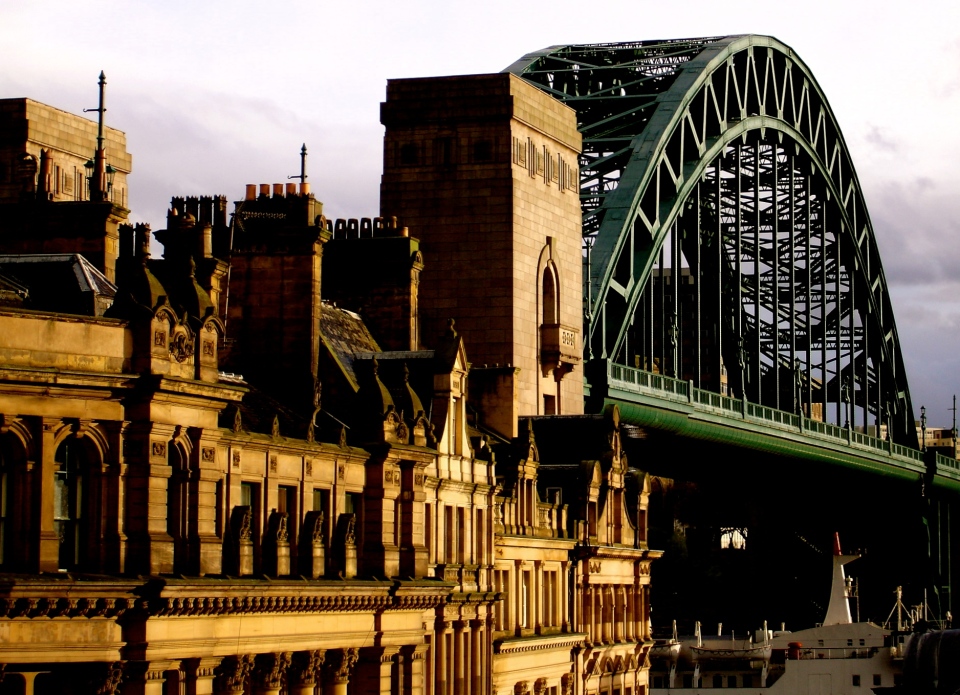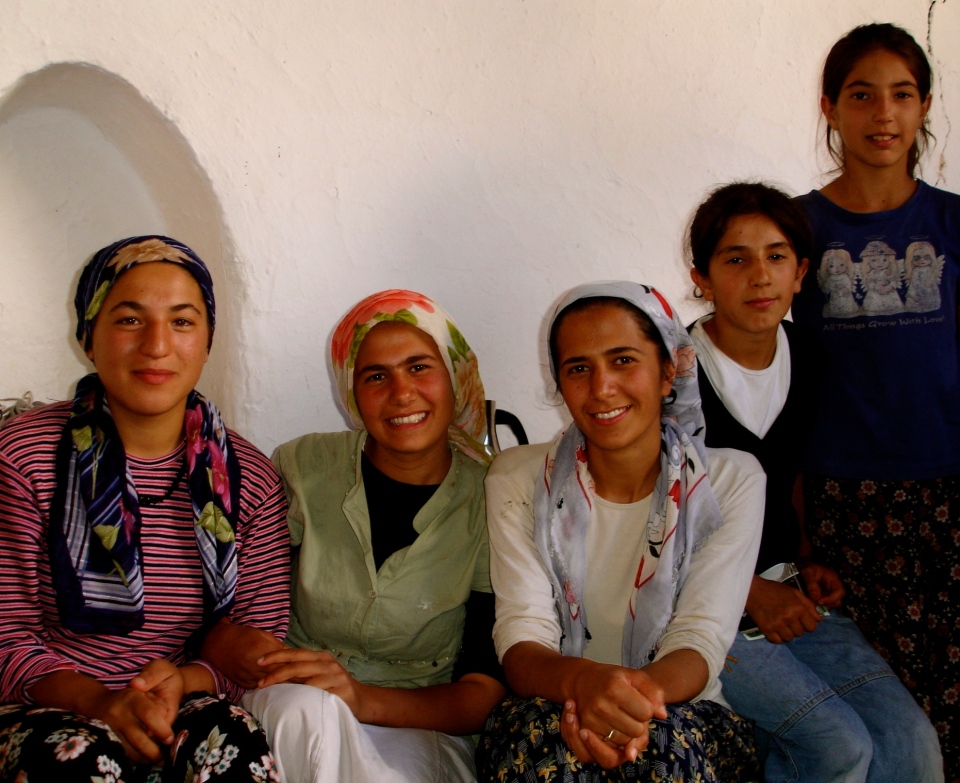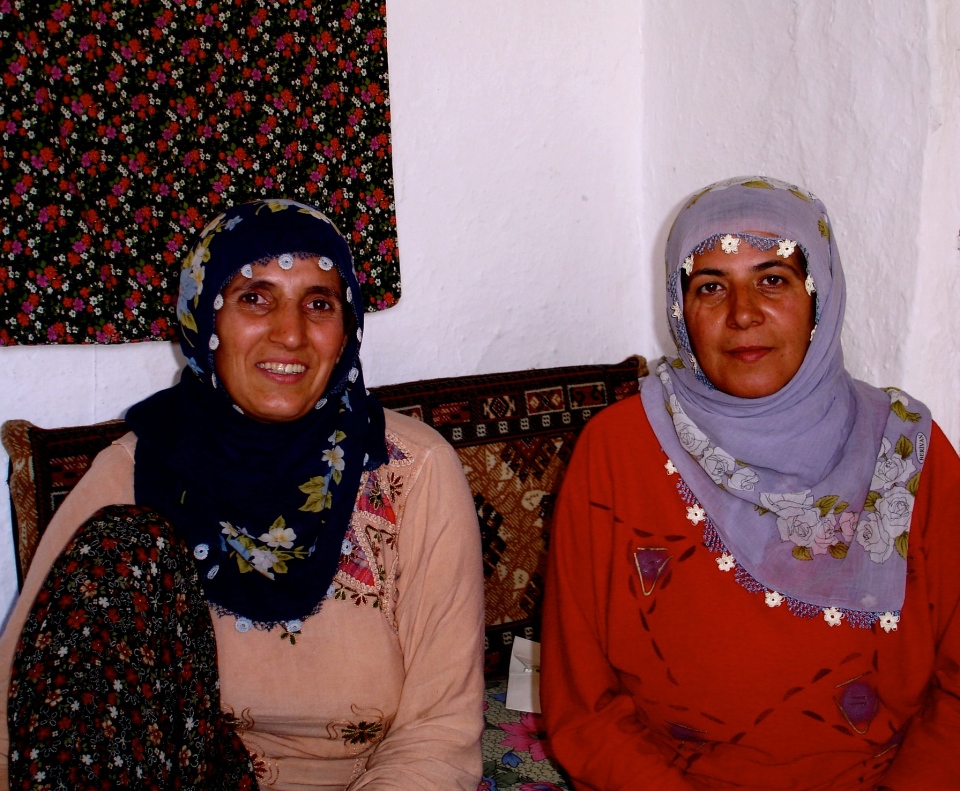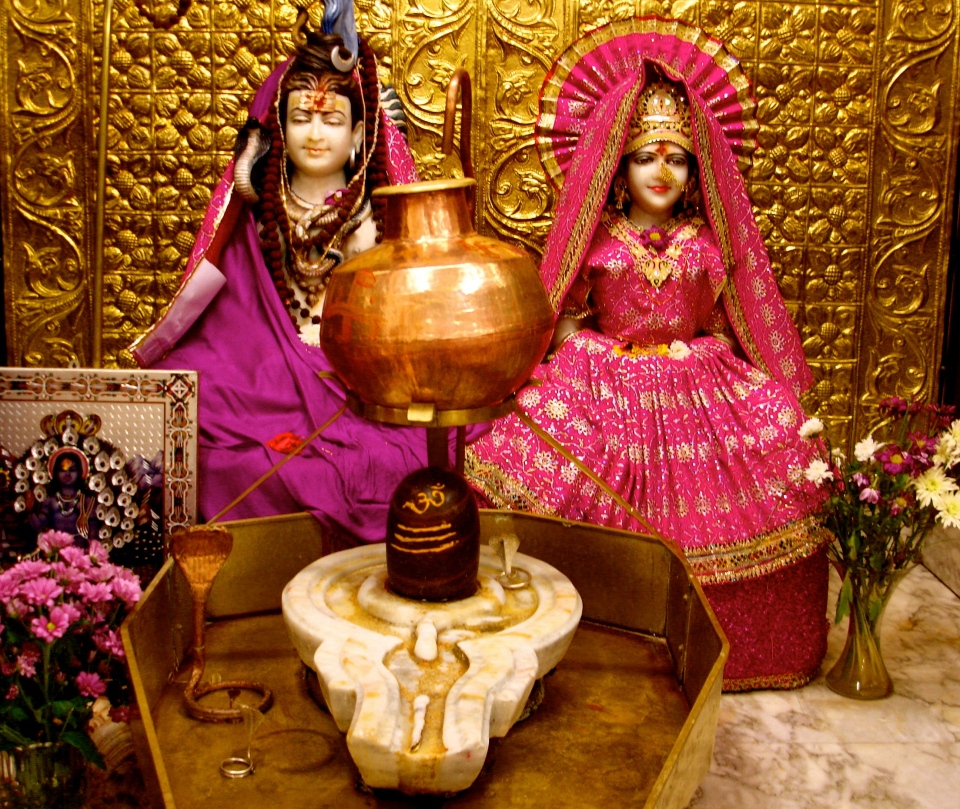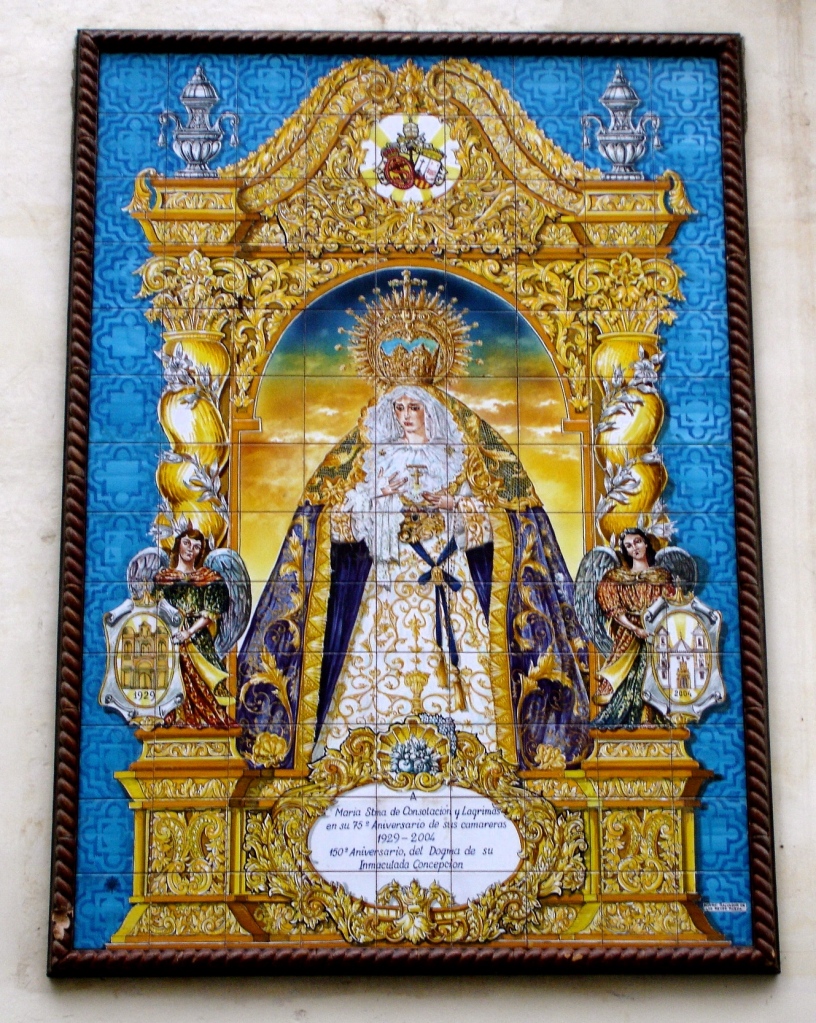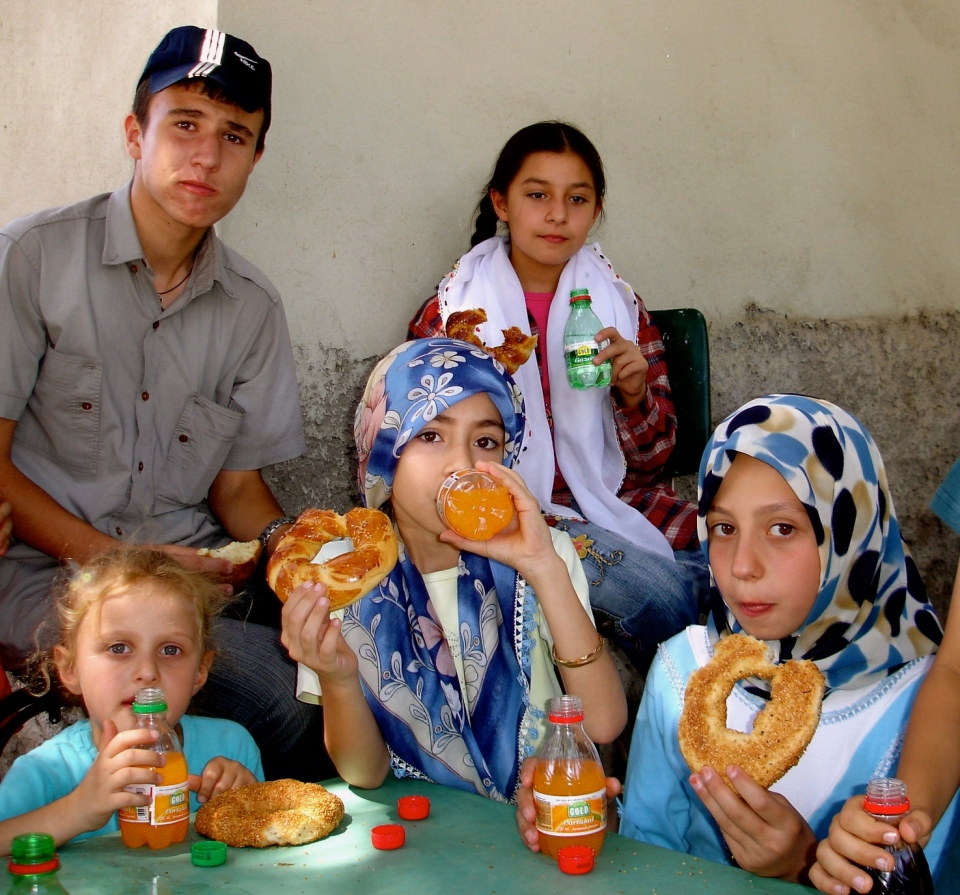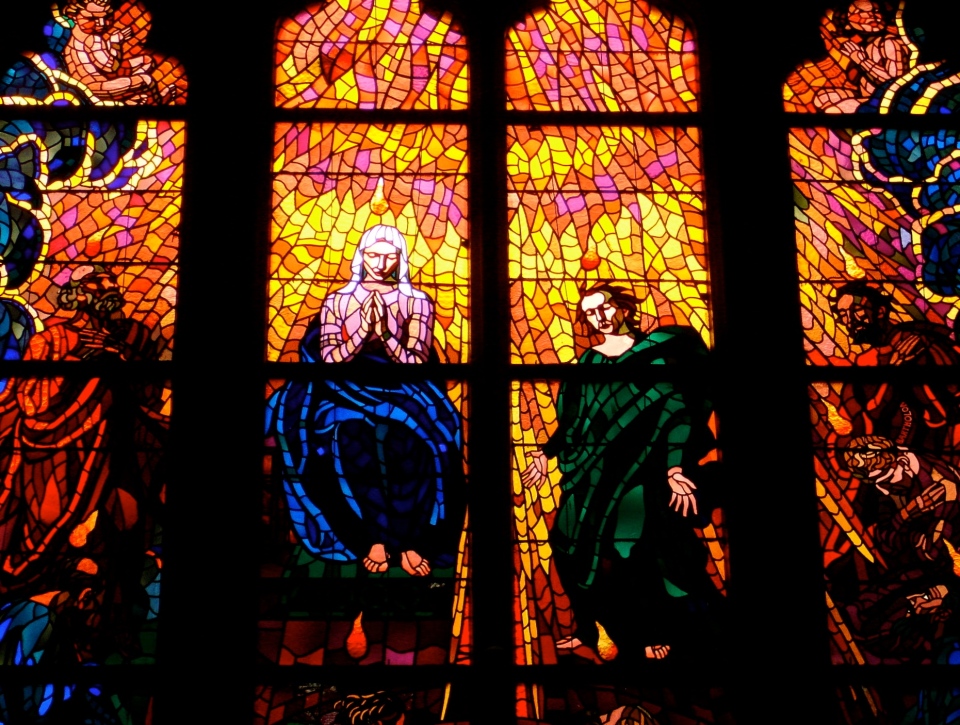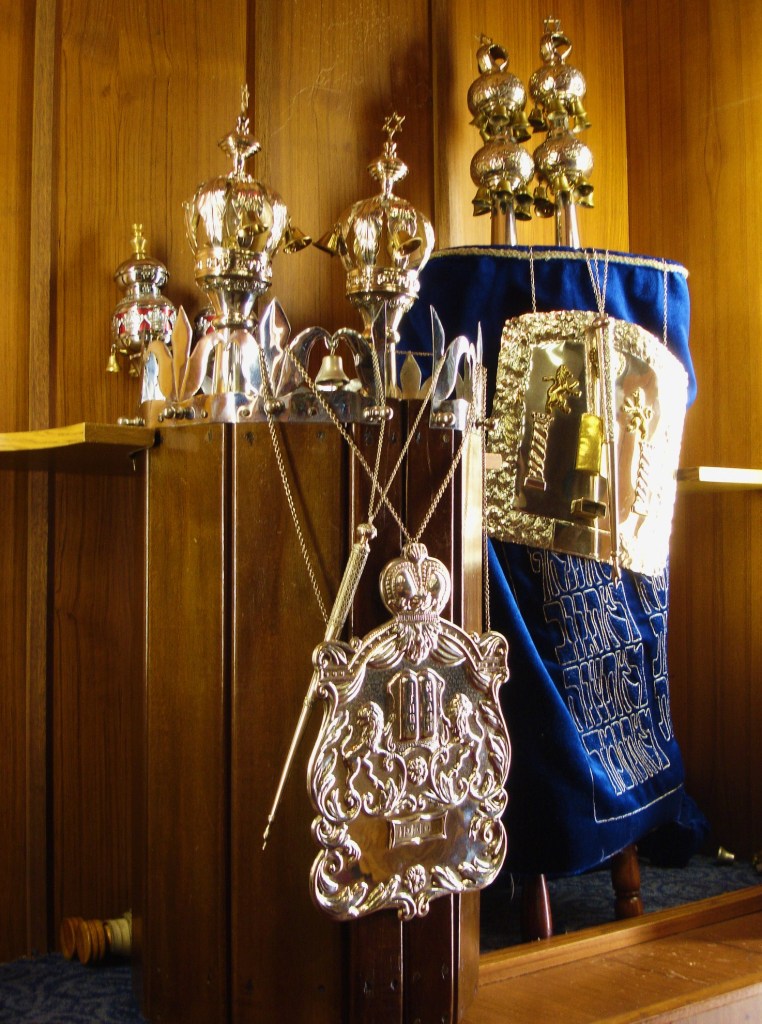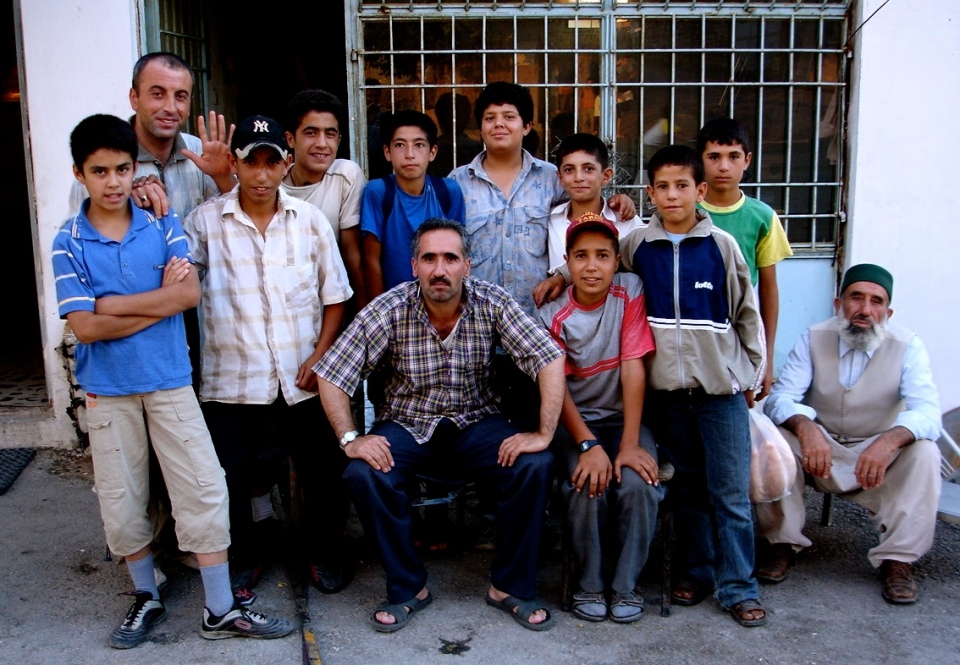It is increasingly common for towns and cities in the UK to arrange peace walks as an expression of interfaith dialogue, and many such peace walks are arranged to coincide with, or take place just before or after, National Interfaith Week in November. This year, I took part in two peace walks in North-East England and thought it would be of interest to compare them.
One peace walk took place in a city and is in its 12th year, and the other took place in a town a third of the city’s size and is in only its 2nd year. Although the walk in the city could draw on many more local people to swell its ranks and is now a well-established event, it attracted less than double the number of people who joined the walk in the much smaller town.
The peace walk in the city started at the Hindu mandir before stopping at an Anglican church, a Sunni Muslim mosque and a patch of grass where a Jewish synagogue once existed, and concluded at a Sikh gurdwara where everyone was given excellent langar. Light refreshments were available at the mandir, the church and the mosque. Other than the stop at the patch of grass, this was exactly the same route undertaken for at least the last seven or eight years. Although the city has two synagogues, a Roman Catholic cathedral, many expressions of Christianity other than Anglicanism and Roman Catholicism (e.g. a Coptic cathedral), a Bahai centre, a Buddhist centre and an ISKCON centre, to list a few other manifestations of religious diversity, visits were made to only four functioning houses of worship.
The peace walk in the town started at the Friends’ meeting house before stopping at a Roman Catholic church, a Methodist church, the town’s only mosque (Sunni), an Anglican church, the town’s only gurdwara and the town’s only Buddhist centre, and concluded at what might be deemed a neutral space, a local authority facility with a swimming pool and large rooms for public functions (e.g. concerts). No refreshments were provided until arriving at the gurdwara, where everyone was given excellent langar. The town has Pagans and Bahais in small/very small numbers, an Eastern Orthodox chapel and a small synagogue that opens very rarely to meet the spiritual needs of a community in terminal decline, but the organisers of the town walk did far better to make the route inclusive than the organisers of the city walk.
The city walk began with a few important people briefly saying things to everyone about to leave, but the people who spoke represented only Hinduism, Anglicanism and the local authority. However, someone managed to persuade the organisers that, in a welcome break with convention, a Bahai should read a passage from Bahai scripture. The passage from Bahai scripture better summarised some of the values and principles that underscore peace walks/interfaith dialogue than the words of any other speaker during the event.
The town walk began with some words said by two Friends and a humanist. The Friends and the humanists have commitments to peace more rock-solid than many people who subscribe to other religions and beliefs.
The city walk attracted a considerable number of high profile figures including the local Lord Lieutenant, two senior police officers, senior religious figures in the Anglican and the Roman Catholic churches, senior religious and community leaders in the Hindu, Muslim and Sikh communities, and councillors representing the Labour and the Liberal Democratic parties. Also present were Bahais, humanists, unaffiliated agnostics and atheists, and a Shia Muslim sheyk who has resided in the city for about six months.
The town walk attracted very few high profile figures, two councillors representing the Labour Party being the most obvious exceptions. But throughout the walk there were Christians of at least five denominations, Bahais, Buddhists, Muslims and a very impressive number of Sikhs. There were also humanists, unaffiliated agnostics and atheists and, for all I know, a Pagan or two. It was good that a few members of the local LGBTQ community were also present.
The city walk felt like an event organised by a small group of influential movers and shakers reluctant to broaden its appeal and reluctant to tinker with something tried and tested, despite it being far less inclusive than the town walk.
The town walk felt like an event shaped from the bottom up and was therefore more inclusive and democratic in atmosphere. I liked how some people had come with their own home-made but brightly decorated banners declaring their background and commitment to peace.
The police were the stewards for the city walk (the police did a brilliant job and their presence was much appreciated, not least because they inflated the number of people taking part. But their presence as stewards confirmed that the event had an official seal of approval). Ordinary people in high visibility jackets were the stewards for the town walk.
At each stop along the city walk, someone welcomed the walkers and engaged in a talk lasting between 15 minutes and half an hour. I have attended five of the city walks and the same people usually do the talks every year. Even worse, the speakers rarely say anything different or get much beyond the usual platitudes about how their religion is peaceful (despite obvious historical or contemporary evidence to the contrary). Also, women very rarely, if ever, get a chance to contribute to the talks – which was why this year it was so refreshing that the Bahai who spoke at the start of the walk was female. Yes. Convention was challenged in a second welcome way!
At each stop along the town walk, someone welcomed the walkers and engaged in a talk lasting no more than 15 minutes. An almost equal number of males and females provided the talks. Although some of the speakers could not get beyond the usual platitudes about how their religion is peaceful (despite obvious historical and contemporary evidence to the contrary), I was impressed how speakers at the Roman Catholic and the Methodist churches (a female and a male respectively), and the speakers at the start of the walk (two males and a female), spoke with unusual insight and genuine emotion.
The worst thing about the city walk was that it had not occurred to the people responsible for its organisation to make the event more inclusive (e.g. by increasing the number of religions that the walk embraced and giving women a more prominent role in the formalities). Nor had it occurred to the organisers to ensure that the non-religious majority in the city, who are among the most loyal/enthusiastic supporters of the walk, were given the opportunity to reflect on the merits of such events.
I have only one complaint to direct toward the town walk, but the problem can easily be rectified in future years. We arrived at the town’s only mosque to find about 20 grim-faced Muslim men, all but two with beards and skullcaps, standing in front of the main entrance (no women of Muslim origin were anywhere. The mosque was the only place where women were not present, or where the impression was given that women lacked a substantive role in the religion). It was obvious we were not getting inside the mosque, even though entry was routine everywhere else. Instead, the imam and an ordinary member of the congregation (both male) quoted a chapter from the Qur’an, translated the text into English and told us Islam is a religion of peace, despite all the wars, death and destruction Muslims presently engage in.
I will be honest. Empty platitudes and an almost complete absence of Muslim women characterised the visit to the mosque during the city walk, but at least we got inside and, in an interesting departure from convention, non-Muslim women did not have to put on a scarf. But the disappointments associated with the town’s mosque were not so great as to confound what I have said above: the town’s peace walk was far more inclusive and democratic (and more people-led and people-centred) than the city’s one, which is undertaken largely to let movers and shakers feel that they are doing the right thing. The movers and shakers ARE doing the right thing, but it is time for the organisers of the city’s peace walk to learn some lessons about inclusion and democracy from the one in the much smaller North-East town.
